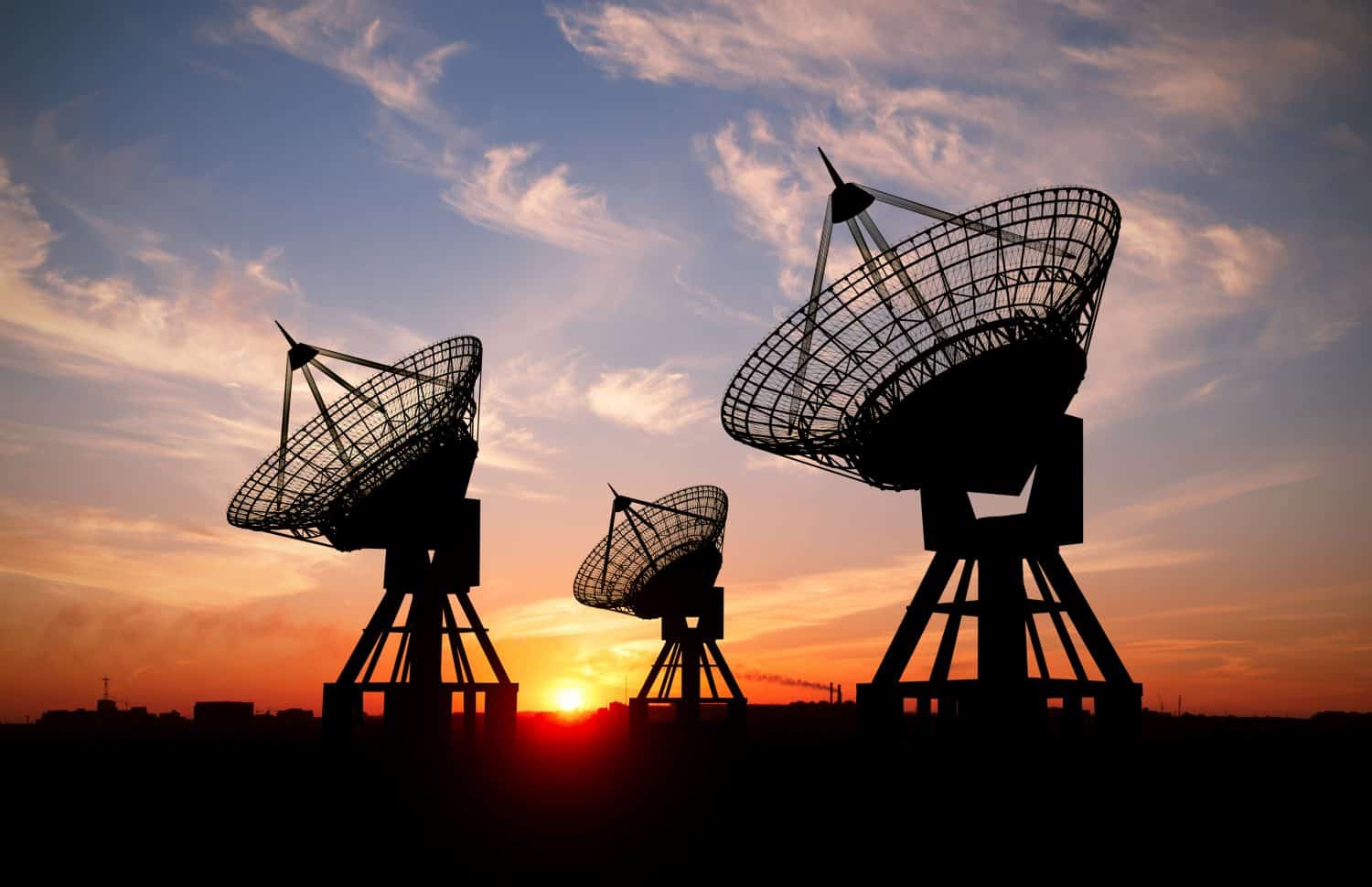Military
The U.S. Military Is Plowing $3.7 Billion of R&D on These Missile Silos

Published:

This week we learned that Ukraine is using remote-controlled robot dogs in its war with Russia to seek out enemy soldiers and booby traps and do general surveillance in areas that are too dangerous for a human. This is the first deployment of this technology in war. It’s part of the drone revolution in warfare that has enabled Ukraine, supported by the United States and its allies, to destroy tanks, sink ships, and even drop grenades on individual soldiers to counter Russia’s numerical advantages.
Drones are only one example of high tech being developed for groundbreaking military applications. The United States is spending billions on research and development to stay ahead of its rivals in this area. Consulting publicly available data from the Department of Defense and various defense contractors, this article summarizes some of the most expensive projects that are in the works. Tech investors might find this information particularly useful, especially for technologies that have crossover potential from military to civilian use. (Robot dogs, anyone?)
24/7 Wall St. Insights

Next up, 10 projects the military is spending a billion dollars or more to develop.

The purpose of this program is to develop Next-Gen OPIR Polar (NGP) missile warning satellites that will provide global infrared coverage. These will enable the United States to detect missile launches from land or sea anywhere in the world. Investment in this technology helps the U.S. remain ahead of missile and counterspace advances made by the country’s adversaries.

This budget item covers several different programs that will benefit all branches of the military. It involves new technologies in avionics, robotics, and artificial intelligence as well as finding the most effective ways to structure operations and information management for a more lethal military.

This research project develops low Earth orbit satellites to monitor battlefield conditions, target weapons at objectives beyond line-of-sight, and support missile warning, tracking, and defense.

F-35 C2D2 is a program to develop and field next-generation strike aircraft for the United States and its international partners. Development of the F-35 has been a multinational effort between the United States and some of its key allies. It is a controversial project due to cost overruns, delays, and technical problems related to the complexity of the aircraft. One of the Department of Defense’s objectives is to standardize as much as possible various F-35 variants to cut down on costs, facilitate system-wide incremental improvements, and allow for easier customization by allies for their specific defense needs.

This category is a catch-all that includes some classified programs as well as projects related to electronic warfare, advanced pilot training systems, automated test systems, and solutions to logistical supply issues.

This budget area supports the Future Vertical Lift (FVL) project to develop a family of vertical lift aircraft. These will facilitate urban security and combat missions, maritime interdictions, medical evacuations, disaster relief and humanitarian missions, and military resupply operations.




The Sentinel program is the Air Force’s project to develop and field the latest generation of ICBMs to replace the aging Minuteman III system. The project will include building new missile silos and ground-based control centers to replace the existing ones. Current plans are for Sentinel missiles to be fielded starting in 2029.
Retirement can be daunting, but it doesn’t need to be.
Imagine having an expert in your corner to help you with your financial goals. Someone to help you determine if you’re ahead, behind, or right on track. With SmartAsset, that’s not just a dream—it’s reality. This free tool connects you with pre-screened financial advisors who work in your best interests. It’s quick, it’s easy, so take the leap today and start planning smarter!
Don’t waste another minute; get started right here and help your retirement dreams become a retirement reality.
Thank you for reading! Have some feedback for us?
Contact the 24/7 Wall St. editorial team.